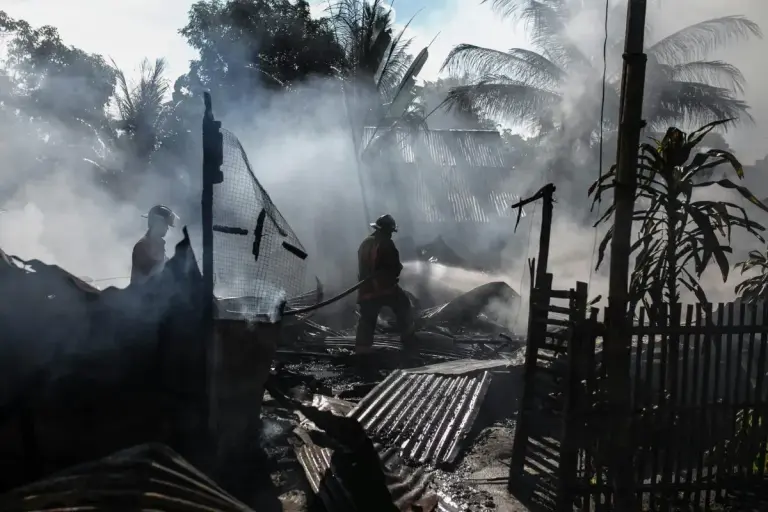PANAMA CITY, Panama – Panama anticipates $470 million in annual infrastructure losses due to natural disasters, with the energy, transport, telecommunications, and education sectors identified as the most vulnerable, according to government authorities. The stark financial impact was detailed during the III International Forum on Comprehensive Disaster Risk Management (GIRD by its Spanish acronym), where Public Works Minister José Luis Andrade outlined the government’s mitigation strategies.
Minister Andrade explained the institutional strategies being implemented to protect the population, sharing experiences derived from the climate emergencies recorded in November 2024. He stated that the ministry has systematically mapped critical points susceptible to landslides and collapses, emphasizing the importance of addressing these areas preventatively through a special budget allocated for risk mitigation.
“The institution has mapped the critical points susceptible to landslides and collapses, and has highlighted the relevance of attending to these points preventatively through a special budget destined for risk mitigation,” said Public Works Minister José Luis Andrade [Translated from Spanish].
The minister also issued a direct call to the public to avoid construction on slopes, easements, and filled lands. He underscored the urgent need to strengthen preventative education and promote reforestation efforts nationwide to enhance the country’s natural defenses against disasters.
Regional Context and BID Data
The forum’s revelations align with broader regional data from the Inter-American Development Bank (BID). According to the BID, the Latin American and Caribbean region loses approximately $1 million per hour due to natural disasters. Over the last 25 years, these cumulative losses have surpassed $365 billion, directly affecting more than 200 million people across the region.
Confronted with this ongoing challenge, Minister Andrade made a specific appeal to Panama’s youth. He urged them to incorporate disaster risk management principles into their respective professional careers, framing it as an essential tool for the country’s sustainable development. This includes promoting preventative education and a renewed respect for the natural boundaries of rivers.
A Vision for National Resilience by 2030
The international forum was organized by the Ministry of Economy and Finance (MEF) and fostered a visionary dialogue among ministers. The collective goal is to explore strategies that would position Panama as a regional leader in resilience by the year 2030.
The high-level discussion featured contributions from Economy and Finance Minister Felipe Chapman; Housing and Land Management Minister Jaime Jované; and Education Minister Lucy Molinar. The ministers unanimously agreed on the critical importance of strengthening comprehensive public policies and enhancing inter-institutional cooperation to improve the nation’s capacity to both mitigate and respond to disasters effectively.
“The forum has facilitated a visionary dialogue between ministers, aimed at exploring strategies to position Panama as a regional reference in resilience by the year 2030,” according to a statement from the Ministry of Economy and Finance [Translated from Spanish].
This coordinated, cross-governmental approach signals a significant shift in Panama’s national strategy, moving from reactive disaster response to a proactive, integrated model of risk management focused on long-term resilience and sustainable development.



